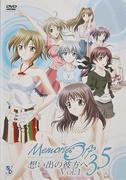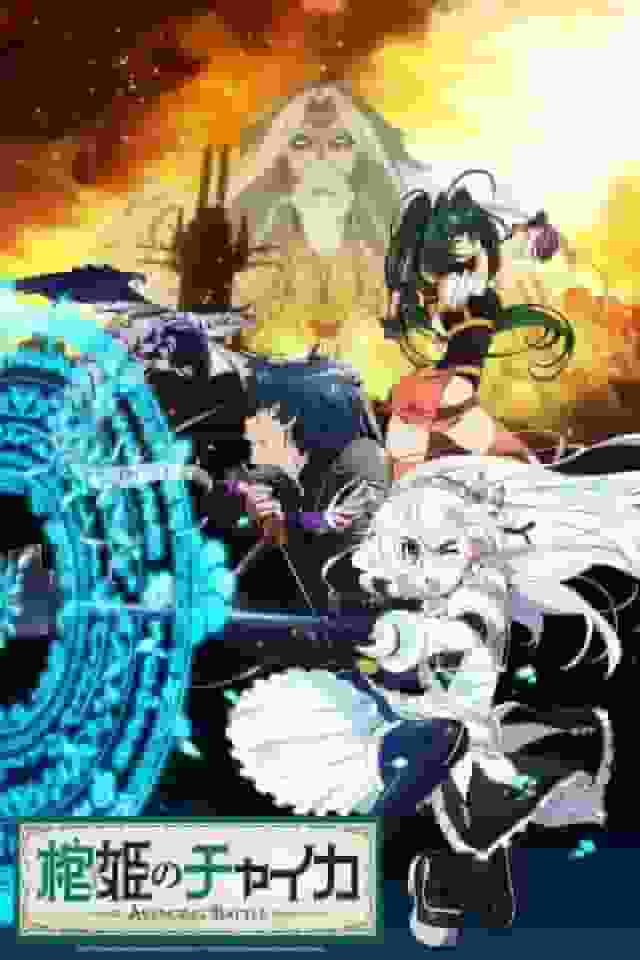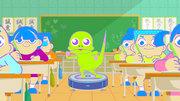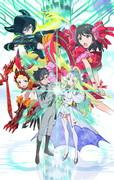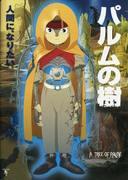Bunbuku Chagama: How do you recreate a traditional story in a modern anime?

"Bunbuku Chagama": A historic masterpiece of Japanese animation1. Overview of the WorkBunbuku Chagama is a Japanese animated film released in May 1958. The film is based on the story of the Bunbuku Chagama of Morinji Temple and was made as a puppet film. It was released in theaters and distributed by Kyoiku Eiga Haikyusha. It was directed by Mochinaga Tadahito and produced jointly by Ningyo Eiga Seisakusho, Dentsu Eigasha, Inamura Kiichi, and Kyoiku Eiga Haikyusha. It only had one episode and was screened as a short film. 2. StoryThe story of Bunbuku Chagama is based on the Bunbuku Chagama Tale of Morinji Temple, in which a raccoon dog expresses gratitude to a monk by transforming into a tea kettle, which the monk uses with care to bring him happiness. The film uses puppets to tell the tale, creating a visually stunning and storytelling masterful experience. 3. Background"Bunbuku Chagama" was made in the golden age of Japanese animation in the 1950s. This was the post-war reconstruction period, and animation films were gaining attention as a means of education and entertainment. Puppet films in particular were highly praised for their artistic quality and technical difficulty, and many works were produced. "Bunbuku Chagama" is one of these, and was made by a large team of talented staff under the direction of director Mochinaga Tadahito. 4. Main StaffThe main staff of "Bunbuku Chagama" are as follows:
These staff members are highly regarded in their fields, and their skills and artistry contributed to the perfection of Bunbuku Chagama. In particular, Kihachiro Kawamoto's puppetry was a key element in enhancing the film's visual appeal. 5. Evaluation and Impact"Bunbuku Chagama" was highly acclaimed when it was released. It was especially praised for its artistry as a puppet film and its clever storytelling, and was supported by many audiences. This work also occupies an important place in the history of Japanese animation films, and has had a major influence on later works. In particular, it is said to have had a major impact on the technical advancement of puppet films and on storytelling methodology. 6. Details of the workLet's take a closer look at the details of Bunbuku Chagama. The film revolves around a story based on the Bunbuku Chagama tale of Morinji Temple. The story of a raccoon dog who expresses his gratitude to a monk and transforms into a tea kettle, which the monk uses with care, and thus becomes happy, is presented with visual beauty and storytelling ingenuity. The film begins with a scene in which a raccoon dog expresses its gratitude to the monks of Morinji Temple by transforming into a tea kettle. This scene fully demonstrates Kihachiro Kawamoto's puppet-making skills, and the raccoon dog's transformation is portrayed so realistically. Kazuo Kubo's art and Jiro Kishi's beautiful cinematography also add to the film's visual appeal. In the second half of the film, a scene is depicted in which the monk finds happiness by taking good care of the tea kettle. In this scene, the music by Kato Mitsuo and the emotional soundtrack by Tanaka Keiji complement the clever storytelling, while Takao Suzuga's lighting creates a beautiful play of light and shadow, further enhancing the visual appeal. 7. Appeal of the WorkThe appeal of "Bunbuku Chagama" lies in its visual beauty and ingenious storytelling. In particular, the artistic quality and technical challenge of the puppet film earned it a large audience. The film also occupies an important place in the history of Japanese animation films, greatly influencing later works. The visual beauty of the film is due in large part to the puppetry of Kihachiro Kawamoto, the art of Kazuo Kubo, and the beautiful images by Jiro Kishi. In particular, the scene where the raccoon dog transforms and the monk carefully uses the tea kettle are visually appealing to the fullest. Takao Suzuga's lighting also enhances the film's visual appeal with beautiful expressions of light and shadow. The cleverness of the storytelling is due in large part to the music by Mitsuo Kato and the emotionally rich sound recorded by Keiji Tanaka. In particular, the scene where the monk finds happiness by using the tea kettle with care is enhanced by the emotionally rich sound. The clever storytelling by Ryusuke Nakae's script also adds to the appeal of the work. 8. Recommendations and ratings"Bunbuku Chagama" is a historical masterpiece of Japanese animation, a work that pursues visual beauty and ingenuity in storytelling. In particular, it was highly praised for its artistic quality and technical difficulty as a puppet film, and was supported by many audiences. This work also occupies an important place in the history of Japanese animation, and has had a great influence on later works. Here are some reasons why I recommend this work:
Bunbuku Chagama is a work of visual beauty and storytelling sophistication that it is a historic masterpiece in the world of Japanese animation. |
<<: "Urashima Taro" review: What is the appeal of a classic revived in modern times?
>>: Yumemi Doji: A moving story that transcends the boundaries between fantasy and reality
Recommend
"Chinese Paladin 4" TV series starts filming, Ju Jingyi and Chen Zheyuan revealed
Today (February 16), the TV series "Chinese ...
Food Wars!: Shokugeki no Soma Review: Exploring the pinnacle of cooking anime
Food Wars!: Shokugeki no Soma - A young man's...
Deadpool 3 is in development at Marvel Studios
Recently, Ryan Reynolds, the star of the "De...
The zombie comedy "Zombieland 2: Double Tap" first released the trailer and the original cast all returned
The zombie comedy "Zombieland 2: Double Tap&...
TAMA&FRIENDS: Find the Magical Punipuni Stone - A thorough evaluation of the appeal and educational value of this children's anime
"TAMA & FRIENDS: Find the Magical Punipu...
NV Huang Renxun hopes his biopic will be starred by Jackie Chan: He looks like me
Recently, HP's online program "The Momen...
Jack Reacher's lead actor wants to play Batman
Warner Bros. announced a new DC movie universe le...
China's total box office in 2021 ranked first in the world, and the top five are all domestic films
According to a report by People's Daily today...
Theme song singer has affair and stops activities. Kyoto Animation's "Free!" movie trailer announced that it will be cancelled.
The trailer video for the new movie "Free! -...
Golden Kamuy Season 4 Review: Adventure and Survival in Hokkaido
The appeal and evaluation of the fourth season of...
A thorough review of the 5th episode of the 3rd series of the new "Kaiketsu Zorori" series, "More! Seriously Serious"!
The appeal and evaluation of the third series of ...
The comic-adapted animation work "Fighting Live" released the character PV and will be broadcast in April 2024
The "Fighting Live" comics, written by ...
A thorough look at the charms of the Metropolitan Museum of Art! Don't miss the collaboration with Minna no Uta!
Metropolitan Museum of Art - Everyone's Song ...
New stills from Moon Rebels were originally from the Star Wars movie
The sci-fi blockbuster "Moon Rebels" sh...
The protagonist of the ninth part of "JoJo's Bizarre Adventure" is confirmed to be the descendant of Joseph
Recently, Hirohiko Araki accepted an exclusive in...
